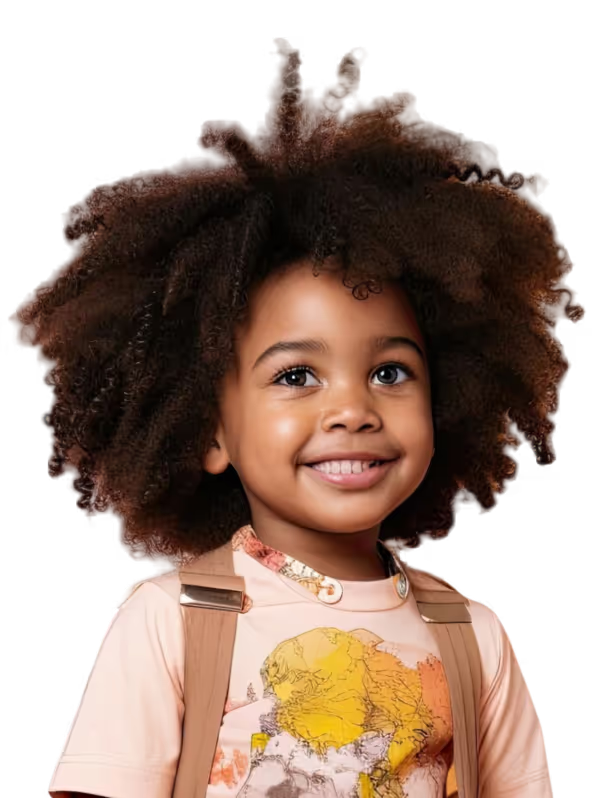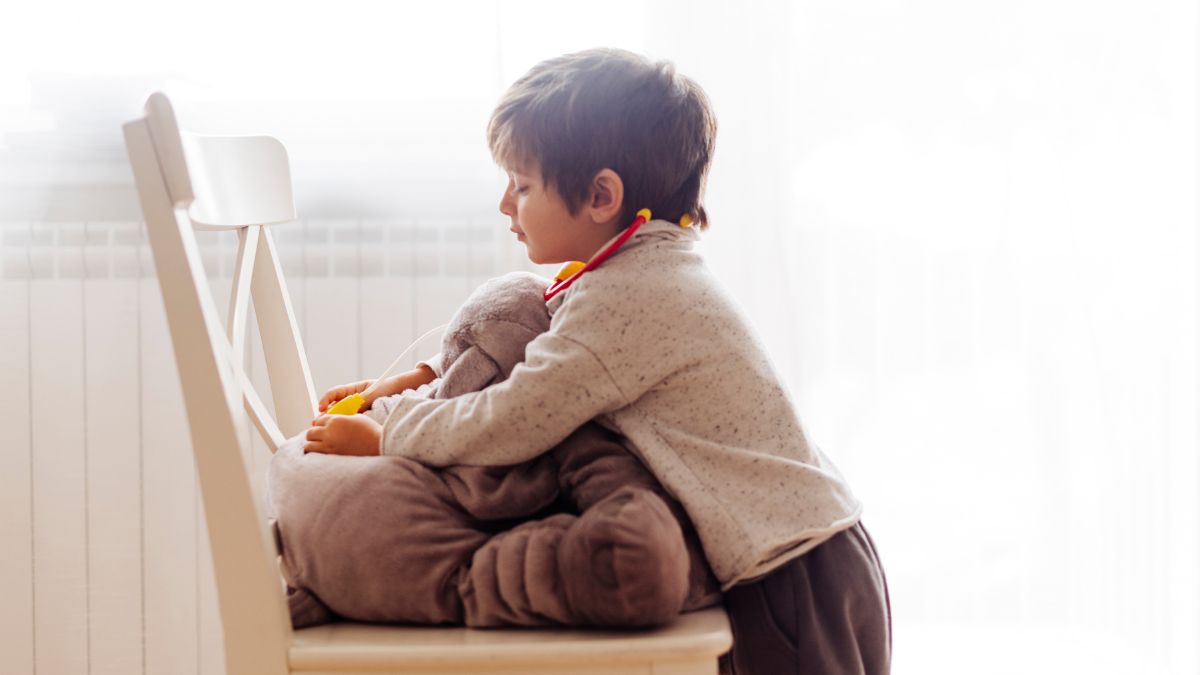Autism-Friendly Classroom Strategies for Teachers That Work

Key Points:
- The right autism classroom strategies can transform learning experiences for children on the spectrum.
- Structured routines, sensory-friendly environments, and visual supports are essential tools in the classroom.
- ABA therapy complements school-based strategies by reinforcing skills through personalized interventions.
Some mornings feel like a delicate dance—packing lunches, tying shoes, managing meltdowns—and all before 8 a.m. As a parent of a child with autism, sending them off to school can come with a mix of hope and worry. Will today be a good day? Will they be understood, supported, and set up to thrive?
Can Autism Classroom Strategies Really Make A Difference?
Yes, when thoughtfully applied, autism classroom strategies can significantly improve a child’s ability to learn, participate, and feel safe in their learning environment. While no two children with autism are exactly alike, many benefit from structured, supportive, and predictable classroom settings. These strategies not only promote academic progress but also support emotional regulation and social engagement.
Many parents find themselves overwhelmed by the educational jargon or unsure of what their child truly needs to succeed in a school setting. So let’s walk through this together—what really works, why it matters, and how you can be a better advocate for your child.
Understanding the Unique Needs of Children with Autism
Autism spectrum disorder (ASD) affects how a child communicates, processes sensory input, and interacts with the world around them. In the classroom, this may look like difficulty following multi-step directions, sensitivity to noise or light, or challenges with transitions.
The key to effective autism classroom strategies is recognizing and honoring these differences—not trying to “fix” them, but instead, creating an environment that allows each child to learn in their own way.
Creating a Predictable, Supportive Environment
Consistency is often one of the most powerful tools in supporting students with autism. Predictable environments lower anxiety and build trust, which opens the door for learning.
Children on the spectrum often feel more secure when they know what to expect. A classroom that runs on predictable routines helps reduce uncertainty and the behavioral challenges that come with it. Clear expectations and transitions are essential.
Key strategies for building structure include:
- Daily Visual Schedules: A simple picture schedule displayed in the classroom helps students anticipate what comes next.
- Consistent Routines: Having the same routine each morning, during transitions, and at the end of the day builds comfort.
- Clear Boundaries and Rules: Rules should be stated positively and paired with visual reminders or social stories.
Sensory-Friendly Classrooms: Meeting Kids Where They Are
Many children with autism experience the world through a different sensory lens. A buzzing light or scratchy tag might be overwhelming, while a quiet corner with soft textures might feel like a sanctuary.
Creating a space that reduces unnecessary sensory stress can make a tremendous difference. Here are a few ideas:
- Lighting Options: Natural light or soft lamp lighting can be more comfortable than harsh fluorescents.
- Noise Reduction Tools: Use noise-canceling headphones or quiet workspaces when possible.
- Fidget Tools and Weighted Items: These can help with self-regulation and focus.
- Calming Corners: A designated area with calming visuals, textures, or quiet space can help students reset.
Understanding your child’s sensory profile—what they seek and what overwhelms them—can help you work with educators to personalize the environment.
Visual Supports and Communication Aids
For many children with autism, visual information is far more accessible than verbal instructions. Visual supports can bridge communication gaps and enhance understanding.
These tools can be used across the day and in multiple forms:
- First-Then Boards: Help with transitions by showing what task comes first and what reward or break follows.
- Choice Boards: Allow students to choose between activities or snacks, giving them autonomy.
- Emotion Cards: Support emotional literacy and help children identify and communicate how they feel.
- Social Stories: Short narratives that teach social expectations in a step-by-step way.
Visuals remove ambiguity and reduce frustration for children who may not yet be able to express themselves fully with words.

Building Social and Emotional Skills
While academic skills are important, social learning is just as critical—especially for children on the autism spectrum. Many children benefit from direct, explicit instruction in social behavior, as these skills don't always develop through observation alone.
Here are some common and effective methods used in classrooms:
- Peer Modeling: Pairing with a buddy or group that models appropriate behaviors and interaction.
- Role Playing: Practicing social scenarios in a safe, supportive environment.
- Group Projects with Structure: Helps build collaboration skills while setting clear roles.
- Emotion Coaching: Helping children label and regulate feelings in real time.
Teachers and aides can help by narrating social cues, encouraging empathy, and providing consistent feedback.
Collaboration Between Parents and Educators
One of the most powerful autism classroom strategies isn’t even in the classroom—it’s the ongoing communication between parents and teachers. You know your child best, and teachers bring expertise from the educational side. Together, you can build a bridge.
Here are a few ways to stay connected and informed:
- Daily or Weekly Communication Logs: Simple updates about successes, challenges, and changes.
- Regular Team Meetings: Collaborate on Individualized Education Plans (IEPs) or behavior supports.
- Observation Opportunities: Some schools allow brief classroom visits so you can see strategies in action.
- Shared Goals: Work on similar targets at home and school for consistency.
When Classroom Support Isn’t Enough: Consider ABA Therapy
Sometimes even the most well-structured classrooms can’t meet every unique need—and that’s okay. Many families find that Applied Behavior Analysis (ABA) therapy fills in the gaps. ABA is a scientifically backed approach that uses positive reinforcement and data to teach meaningful life and communication skills.
Unlike broad classroom strategies, ABA therapy is personalized. It breaks down big goals into manageable steps and helps children generalize skills across different environments—including school, home, and the community.
Ready to Take the Next Step? Connect with Achieve Better ABA
If you're looking for a deeper level of support, Achieve Better ABA offers compassionate and evidence-based ABA therapy in North Carolina. Whether your child is struggling with behavior, communication, or daily living skills, ABA therapy can provide targeted help that supports their development beyond the classroom.
Achieve Better ABA specializes in ABA, allowing for a focused approach tailored to each child. Our expert therapists collaborate with families to ensure that progress is meaningful and sustainable. If your child could benefit from extra support outside of school, it might be time to explore what ABA therapy can offer.
Get in touch with us today and discover how our team can support your child’s journey—one small, powerful step at a time.
Similar articles
Contact us today to learn more.




.jpg)

.jpg)





